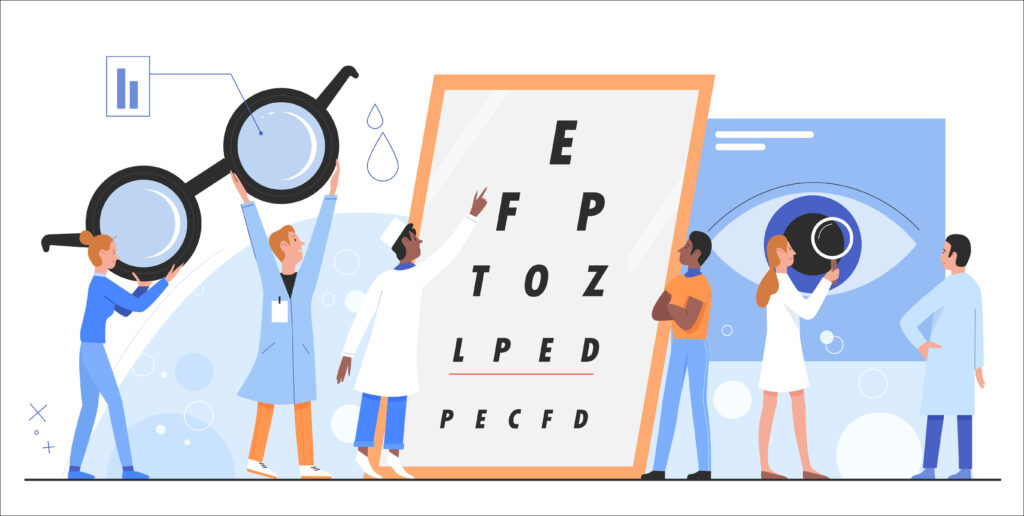Micheletti J, McCauley M, Duncan N, Hall, B. Biometric indicators for maximizing intermediate vision with a monofocal IOL. Clinical Ophthalmology 2023;17:3739-3746.
PURPOSE
To determine refractive or biometric variables that might be predictive of increased intermediate vision in patients receiving an Eyhance monofocal intraocular lens (IOL).
METHODS
This prospective, single-center, bilateral, non-randomized, open-label, observational study included a total of 110 subjects (220 eyes). Subjects had been previously bilaterally implanted with an Eyhance monofocal IOL (Johnson & Johnson Vision Care, Inc.) and were later divided into 2 groups based on their postoperative visual acuity. Subjects that had binocular distance corrected intermediate visual acuity (DCIVA) of 0.2 logMAR or better were classified into the Enhanced Group, and the remaining subjects were classified into the Non-Enhanced Group. Refractive outcomes and biometric measurements were compared between groups.
RESULTS
The number of subjects in each group was 61 for the Enhanced Group, and 49 for the Non-Enhanced Group. There were significant differences in pupil size between groups, with pupil sizes in the Enhanced Group significantly smaller than in the Non-Enhanced Group (p < 0.01). Subjects also reported significantly more dysphotopsias in the Non-Enhanced Group compared to the Enhanced Group (p = 0.03). Multiple regression analysis identified pupil size and axial length as significant predictors of increased monocular intermediate vision.
CONCLUSION
The results of this study suggest that pupil size could be a predictor of increased intermediate vision in a patient receiving an Eyhance monofocal IOL.


